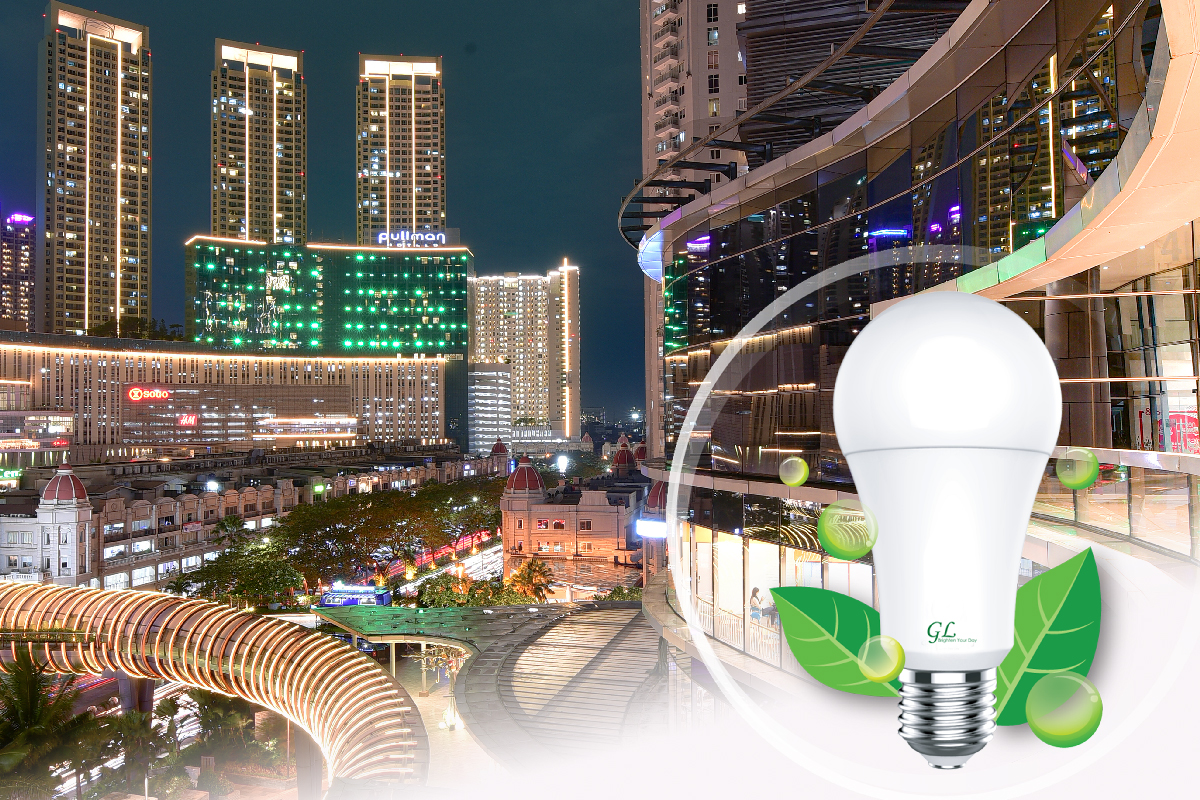

The demand for energy-saving solutions is on the rise, fueled by infrastructure growth, increasing sales in horticultural lighting, and heightened government initiatives encouraging the use of LED (Light Emitting Diode) lights. This trend is further supported by public awareness and a global shift towards energy-efficient lifestyles, leading to a booming demand for LED lighting within the country. Moreover, factors such as urbanization, decreasing prices, and the replacement of incandescent bulbs with LED options have propelled the sales of LED lights to current heights. With the market opening wide, the question arises: what are the prospects for kickstarting LED industrialization domestically?
The projected completion of the 35 GW project by 2026, as reported by kontan.co.id in Jakarta, signifies a clarion call for every downstream electrical user to prepare for an uptick in electrical instrument needs, particularly in household lighting. Indonesia's population, reaching 60 million, combined with the surge in highway infrastructure development, presents a promising market if the increase in electrification correlates with a national demand for lighting.
Market insights reveal that low-emission Light Emitting Diode (LED) lights have recently seen a significant uptick in demand.
This phenomenon reflects a change in lifestyle, with society becoming more aware of energy conservation and technology. LEDs offer comparative advantages in energy efficiency and use mercury-free materials, making them environmentally friendly. The efficiency of LED lights can reach 80% - 90%, and they consume half the energy of traditional incandescent bulbs. This economic value benefits not only LED consumers but also electricity producers, as the shift to LEDs supports electricity availability through more judicious energy conservation. Thus, the LED usage boom in the country represents not just a market opportunity but also an effort to enhance national energy efficiency. Therefore, the presence of the LED industry in the country is a potential sector that should be eyed to bolster the economy.
John Manopo, Chairman of the Indonesian Lighting Association (Aperlindo), mentioned that the adoption of LED lights in the country still has room to grow and could be further increased if the 80% of the population currently using energy-saving lamps (ESL) switch to LEDs, in line with the shift towards energy-saving trends.
However, it's unfortunate that domestic LED production is far from meeting the existing demand. According to Aperlindo, current production from 11 factories can only reach 3 million units per year, fulfilling just 7.5% of the national need. This gap is a missed opportunity, considering the market potential.
Many investors are interested in establishing LED industries domestically, but hesitations regarding regulations act as a barrier. The industry awaits regulatory certainty from the government, including clear HS codes and Indonesian National Standards (SNI). Once regulations are in place, industry players are likely to expand their operations. The current Domestic Component Level (TKDN) of 20% - 30% could increase to 40% if the industry grows.
Standardization in the lighting industry, especially for LEDs, is crucial. It's not only about ensuring consumer safety through material calculations but also about protecting against import surges amid the attractive domestic LED market niche. There's a call for the government to quickly establish lighting industry standards, particularly for LEDs. Delayed decisions could risk opening the ASEAN Economic Community (AEC) to other ASEAN countries targeting the Indonesian market. "This is the right moment; the 35 GW project and the AEC are perfect catalysts for pushing lighting industrialization. The lighting industry is labor-intensive, promising significant job creation if established domestically. Investors have two main avenues: building factories here or entering joint ventures with local companies. The market is wide open; it's just a matter of strategizing to seize the moment.
It's predicted that promoting the LED industry domestically, especially with AEC or free trade agreements, could open opportunities for Indonesia to enter at least the ASEAN lighting market. Currently, only three ASEAN countries have a lighting industry: Thailand, Vietnam, and Indonesia. The aim is to at least make our lighting industry a dominant force in its own country.
Source: Indonesian Electricity Magazine edition 051
|
|
.gif) |